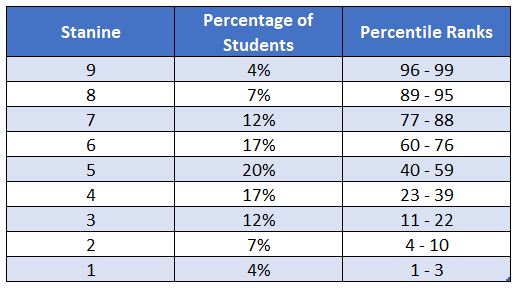ERB-CTP® scoring varies from school to school depending on one of several norm groups. Here are the various norm groups a school may choose to use.
- Class Norm (CN): A group of students from a given classroom at your child’s school
- Grade Norm (GN): All of the students from your child’s grade at their school
- District Norn (DN): All of the students from your child’s grade at all schools in the same district
- Suburban Norm (SN): Students in your child’s suburban area public schools who took the test at the same time of year as your child over the previous 3 years
- Independent Norm (IN): Students from independent schools who took the test at the same time of year as your child over the previous 3 years
- National Norm (NN): A representative sample of all students (public and independent schools) who took the test at the same time of year as your child over the previous 3 years
- Association Norm (AN): Students from an association of independent schools (such as the Independent Schools Association of the Southwest) who took the test at the same time of year as your child over the previous 3 years
Raw Score: How many questions were answered correctly on each subtest
Scale Scores: How many questions were answered correctly with difficulty of the question factored in
Percentile Rank: Based on the Norm group from above how your child did. This is different than a percentage score. For example, if your child scored in the 97th percentile on the National Norm, it means they scored higher the 97% of children nationwide who took the test at the same time of year over the previous three years
Stanine: A stanine is a very broad, simplified score ranging from 1 (lowest) to 9 (highest possible), and it’s normalized for the child’s age and grade level. The middle stanines, stanines 4, 5 and 6, contain more students and can be considered to represent average performance for that norm group. Stanines 1, 2, and 3 can be considered below-average performance, while stanines 7, 8, and 9 can be considered to represent above-average performance for the norm group.

